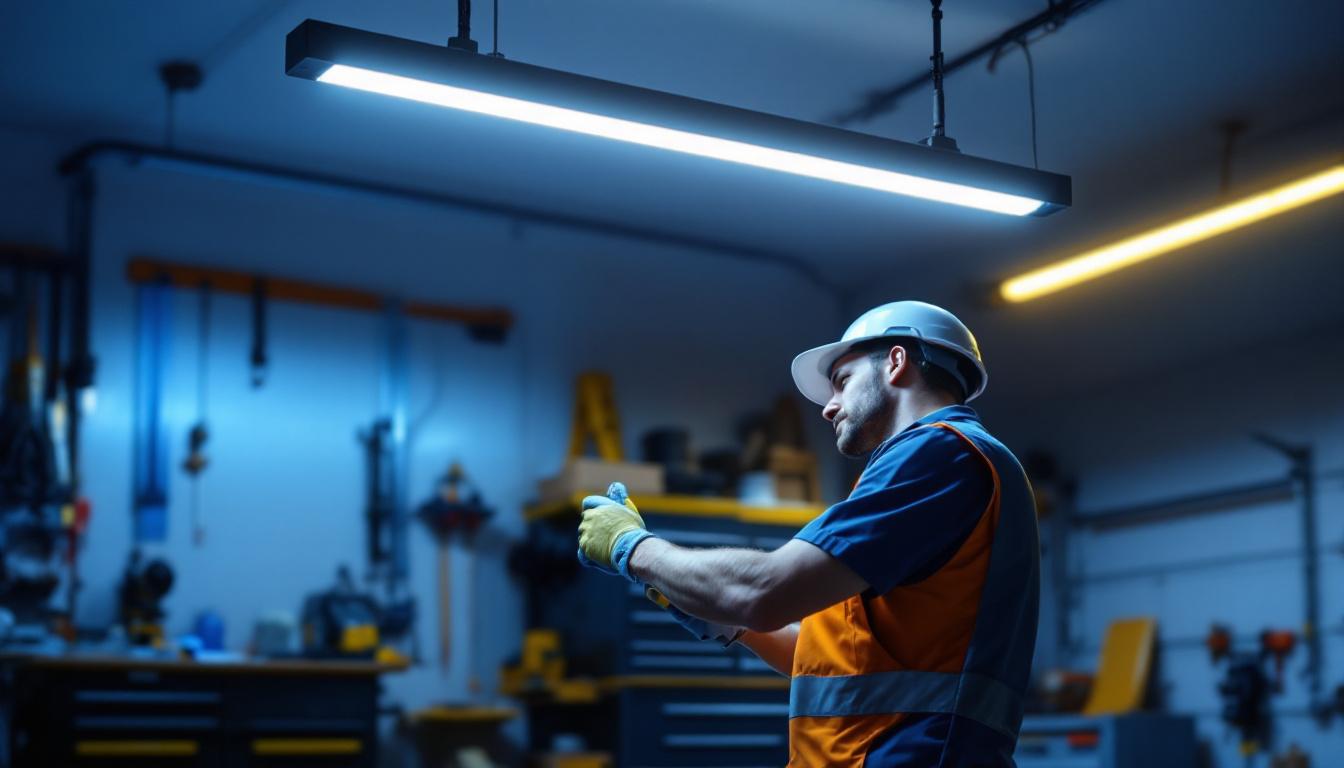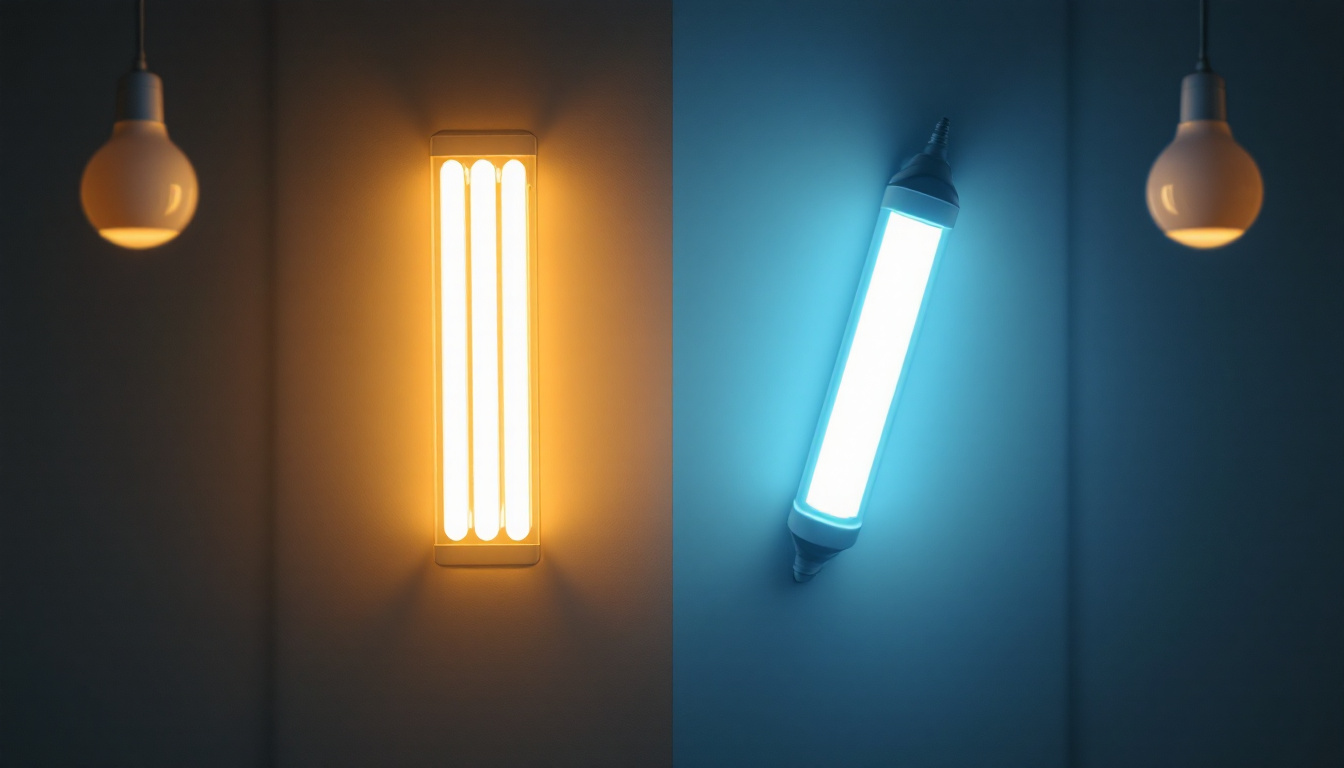
As the demand for sustainable and energy-efficient lighting solutions continues to grow, external solar lights have emerged as a popular choice for both residential and commercial applications. For lighting contractors, understanding the nuances of solar lighting can enhance service offerings and improve client satisfaction. This article provides essential tips for contractors looking to incorporate solar lights into their projects effectively.
Before diving into installation and design considerations, it’s crucial for lighting contractors to grasp the fundamental technology behind solar lights. Solar lights operate by converting sunlight into electricity, which is then stored in batteries for nighttime use. This process involves several key components, including solar panels, batteries, LED fixtures, and control systems. Understanding these components not only helps in selecting the right products but also aids in troubleshooting and maintenance down the line, ensuring a more efficient and effective lighting solution.
Solar panels are the heart of any solar lighting system. They capture sunlight and convert it into electrical energy. When selecting solar panels, contractors should consider factors such as efficiency, size, and durability. High-efficiency panels can generate more power even in low-light conditions, which is particularly beneficial in areas with limited sunlight. Additionally, the angle and orientation of the solar panels play a significant role in maximizing energy absorption; therefore, proper installation is essential to ensure that panels are positioned to receive the most sunlight throughout the day. Understanding the local climate and seasonal variations can also inform decisions about panel selection and placement.
The battery is another critical component, as it stores the energy generated by the solar panels. Lithium-ion batteries are becoming increasingly popular due to their longer lifespan and better performance in extreme temperatures compared to traditional lead-acid batteries. Contractors should ensure that the battery capacity aligns with the expected usage of the lights to avoid performance issues. Furthermore, it’s important to consider the charging cycles and discharge rates of the batteries, as these factors can significantly impact the overall efficiency of the solar lighting system. Regular maintenance checks can help in identifying any potential issues with battery performance, ensuring that the solar lights operate optimally throughout their intended lifespan.
LED fixtures are the final piece of the solar lighting puzzle, providing illumination while consuming minimal energy. The choice of LED technology can greatly affect the quality and intensity of light produced. Contractors should look for fixtures with adjustable brightness settings and color temperatures to cater to different environments and user preferences. Moreover, the design of LED fixtures can also influence aesthetics, making it possible to integrate solar lighting seamlessly into various architectural styles. As energy-efficient lighting continues to evolve, staying updated on the latest advancements in LED technology will enable contractors to offer innovative solutions that meet their clients’ needs.
Designing an effective solar lighting system requires careful consideration of various factors. The goal is to create a solution that not only meets the aesthetic needs of the client but also provides adequate illumination for safety and functionality.
Conducting a thorough site assessment is essential before installation. This involves evaluating the amount of sunlight the area receives, identifying potential obstructions such as trees or buildings, and understanding the specific lighting needs of the space. A well-planned site assessment can help determine the optimal placement of solar lights to maximize efficiency. Additionally, it is important to consider seasonal variations in sunlight exposure, as certain areas may receive significantly less light during winter months. This understanding can influence the choice of solar technology, such as selecting panels with higher efficiency ratings or integrating battery storage solutions to ensure consistent performance year-round.
Contractors should also consider the light output and distribution of the fixtures. Different areas may require varying levels of brightness. For instance, pathways may need softer lighting for ambiance, while security lighting might require brighter, more focused beams. Understanding the client’s needs and the intended use of the space will guide the selection of appropriate fixtures. Moreover, the color temperature of the light can play a significant role in the overall atmosphere; warmer tones can create a welcoming environment, while cooler tones may enhance visibility and alertness. It’s also crucial to evaluate the beam angle of the fixtures, as a wider beam may be necessary for larger areas, while a narrow beam can effectively highlight specific features or enhance security in targeted zones.
Proper installation is crucial to the performance and longevity of solar lights. Following best practices can help contractors avoid common pitfalls and ensure that the systems operate efficiently.
Placement is key when installing solar lights. Ideally, the solar panels should face south to capture the maximum amount of sunlight throughout the day. Additionally, the lights should be positioned at a height that provides adequate illumination while minimizing the risk of damage from weather or vandalism. Contractors should also consider the angle of the solar panels to optimize energy absorption.
While many solar lights come with integrated wiring, ensuring that connections are secure and weatherproof is vital. Loose or exposed wires can lead to performance issues and potential hazards. Contractors should use high-quality connectors and, if necessary, apply waterproofing solutions to protect against moisture.
Maintenance is an often-overlooked aspect of solar lighting systems. Educating clients on proper care can enhance the longevity and performance of their installations.
Solar panels should be kept clean to ensure optimal performance. Dust, dirt, and debris can block sunlight and reduce energy absorption. Contractors can recommend a cleaning schedule, particularly in areas with heavy pollen or dust. A simple rinse with water and a soft cloth can often suffice.
Even with proper installation and maintenance, issues may arise. Common problems include dimming lights, flickering, or complete failure. Contractors should be prepared to troubleshoot these issues by checking the battery charge, ensuring that the solar panels are clean, and verifying all connections. In some cases, replacing a faulty component may be necessary.
With a plethora of solar lighting products available on the market, selecting the right ones can be daunting. However, understanding the key features and benefits of different products can simplify the decision-making process.
Quality should be a top priority when selecting solar lights. Contractors should look for products from reputable manufacturers that offer warranties and have a track record of reliability. Reviews and case studies can provide valuable insights into the performance of specific products in real-world applications.
Energy efficiency ratings can also guide product selection. Look for solar lights with high lumens per watt ratios, which indicate effective use of energy. Additionally, products that incorporate smart technology, such as motion sensors or timers, can enhance energy efficiency and provide added convenience for clients.
Lighting contractors should be aware of local regulations and codes that may impact solar lighting installations. Compliance with these regulations is essential to ensure safety and avoid potential legal issues.
Building codes can dictate various aspects of solar lighting installations, including height restrictions, wiring standards, and placement guidelines. Contractors should familiarize themselves with local codes and ensure that all installations are compliant. This not only protects the contractor but also provides peace of mind for clients.
In some areas, obtaining permits for solar lighting installations may be necessary. Understanding the permitting process can save time and prevent delays. Contractors should check with local authorities to determine what permits are required and ensure that all documentation is in order before commencing work.
Effective communication with clients is vital for successful solar lighting projects. Educating clients about the benefits and limitations of solar lights can help set realistic expectations and foster satisfaction.
Contractors should take the time to explain the advantages of solar lighting, including energy savings, reduced carbon footprint, and low maintenance requirements. Highlighting these benefits can help clients appreciate their investment and encourage them to choose solar solutions over traditional lighting options.
It’s equally important to discuss the limitations of solar lighting. Factors such as geographic location, seasonal variations, and potential obstructions can impact performance. By setting clear expectations, contractors can help clients understand what to anticipate regarding brightness and operational hours.
The solar lighting industry is continually evolving, with new technologies and trends emerging regularly. Staying informed about these trends can help contractors remain competitive and offer the best solutions to their clients.
Smart technology is making its way into solar lighting, allowing for enhanced control and efficiency. Features such as remote monitoring, app integration, and automated dimming can provide clients with greater flexibility and convenience. Contractors should explore these options to offer cutting-edge solutions that meet modern demands.
As the push for renewable energy grows, integrating solar lighting with other renewable systems, such as wind or geothermal energy, may become more common. This holistic approach can provide clients with comprehensive energy solutions and further reduce their reliance on traditional power sources.
Incorporating external solar lights into projects presents a unique opportunity for lighting contractors to meet the growing demand for sustainable solutions. By understanding the technology, design considerations, installation best practices, and maintenance requirements, contractors can deliver high-quality installations that satisfy clients’ needs. Staying informed about industry trends and regulatory requirements will further enhance the ability to provide exceptional service. As the world moves towards greener energy solutions, embracing solar lighting can position contractors as leaders in the field.
Ready to elevate your lighting projects with the most efficient, sustainable solutions on the market? Look no further than LumenWholesale for all your external solar light needs. Our spec-grade lighting products are designed to meet the highest industry standards, ensuring that your installations shine with reliability and performance. Say goodbye to inflated markups and hello to unbeatable wholesale prices, complemented by the convenience of free shipping on bulk orders. Don’t compromise on quality or value—choose LumenWholesale and make your next project a beacon of excellence. Discover our extensive selection and take advantage of the best value in wholesale lighting by visiting Wholesale Lighting at the Best Value today.

Discover the ultimate guide to fluorescent sockets for lighting contractors.

Discover why LED garage light bars are essential for lighting contractors—boost efficiency, save costs, and enhance workspace illumination.

Discover why Lite LED panels are revolutionizing the lighting industry for contractors.

Explore the transformative journey from fluorescent to LED lighting in this insightful article.